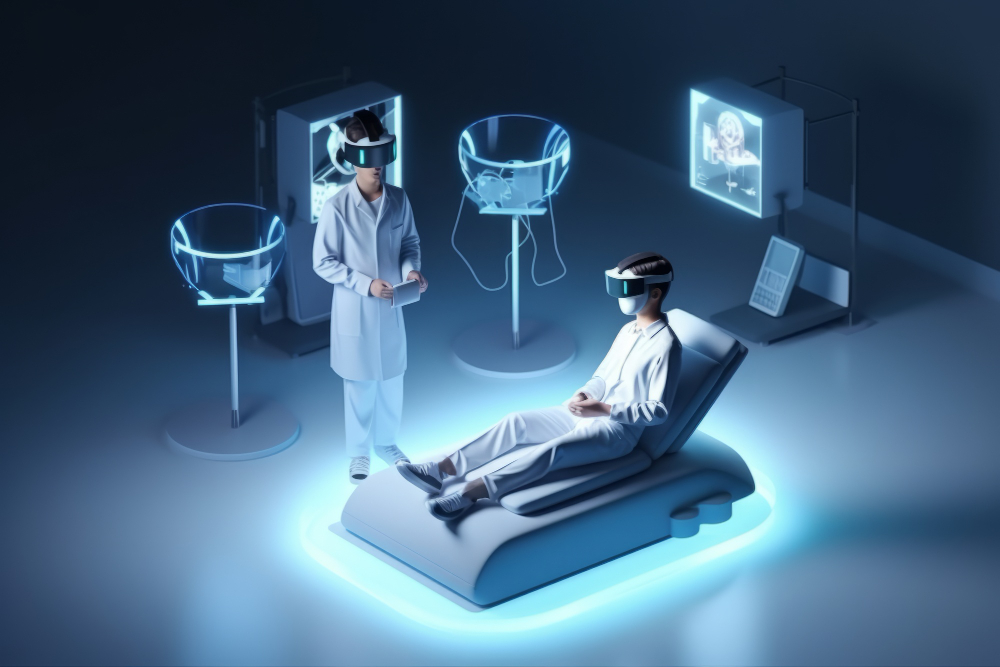AI technology is transforming how dental care is provided, making it more efficient, accurate, and accessible.
This article explores how AI is revolutionizing pediatric dentistry and what parents need to know about its benefits and applications.
AI in Diagnostics:
One of the most promising applications of AI in pediatric dentistry is in diagnostics. AI-powered tools can analyze dental images with remarkable accuracy, identifying issues such as cavities, misalignment, and other oral health concerns much earlier than traditional methods.
Enhanced accuracy: AI algorithms can detect minute details in dental X-rays and photographs, providing more accurate diagnoses. Early detection: By identifying problems early, AI can help prevent more serious dental issues from developing, ensuring better long-term oral health for children.
Takeaway: AI improves the accuracy and early detection of dental issues, leading to more effective treatment plans for children.
Personalized Treatment Plans:
AI technology can analyze vast amounts of data to develop personalized treatment plans tailored to each child’s unique needs. This approach ensures that every child receives the most effective and efficient care possible. Customized care: AI uses data from various sources, including dental records and genetic information, to create individualized treatment plans. Improved outcomes: Personalized treatments are more likely to result in successful outcomes, as they are tailored to the specific needs of each child.
Takeaway: Personalized treatment plans developed by AI enhance the effectiveness and efficiency of pediatric dental care.
AI in Orthodontics:
Orthodontic treatment is another area where AI is making a significant impact. AI-powered software can predict the outcome of orthodontic procedures, helping dentists plan the best course of action.
Predictive modeling: AI can simulate the results of different orthodontic treatments, allowing for better planning and more predictable outcomes.
Efficient treatment: By using AI to plan treatments, orthodontists can reduce the time and cost associated with orthodontic care.
Takeaway: AI improves orthodontic treatment planning, leading to more predictable and efficient outcomes.
Virtual Dental Assistants:
AI-powered virtual dental assistants are becoming more common in pediatric dental practices.
These assistants can help with a variety of tasks, making dental visits smoother and more efficient.
Appointment scheduling: Virtual assistants can handle scheduling and reminders, ensuring that appointments are not missed. Patient education: AI can provide parents and children with information about dental procedures, oral hygiene, and preventive care.
Takeaway: AI-powered virtual dental assistants streamline dental practice operations and improve patient education.
Remote Monitoring and Teledentistry:
AI is also enhancing teledentistry, allowing for remote monitoring and consultations. This technology is especially beneficial for families who have limited access to dental care.
Remote consultations: AI enables dentists to conduct virtual consultations, making it easier for parents to get professional advice without visiting the clinic.
Continuous monitoring: Wearable devices and smart toothbrushes equipped with AI can monitor a child’s oral health in real time, alerting parents and dentists to any issues that arise.
Takeaway: AI-powered teledentistry and remote monitoring make dental care more accessible and convenient for families.
Conclusion:
Artificial intelligence is revolutionizing pediatric dentistry, offering numerous benefits such as enhanced diagnostics, personalized treatment plans, improved orthodontic care, virtual dental assistants, and remote monitoring.
As AI continues to evolve, it promises to make dental care more efficient, accurate, and accessible for children. Embracing these advancements ensures that your child’s dental health is managed with the highest level of precision and care.

